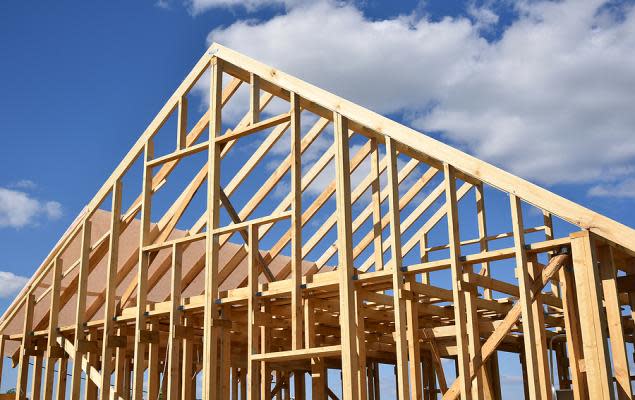Time to Buy Slump in Existing Home Sales? ETFs in Focus

Sales of previously occupied homes in the U.S. plunged to their lowest levels in decades in 2023. In December 2023, existing home sales slipped by 1.0% to a seasonally adjusted annual rate of 3.78 million units, the lowest since August 2010, per Reuters, as quoted on Yahoo Finance.
All four U.S. regions saw year-over-year declines in resale activity. The Midwest and West reported significant price increases, while the South and Northeast also experienced sales drops but with notable price hikes. A lack of inventory continued to propel home prices upward, despite a slight increase in new listings.
Challenges for First-Time Homebuyers
Affordability Crisis: First-time buyers faced a trio of obstacles: scarce inventory, rising prices, and high mortgage rates, making it difficult to enter the market. Rising
Median Prices: The median home price surged to $382,600 in December, marking a 4% year-over-year increase and the highest for the month on record.
Historical Comparison and Market Analysis
The current market contrasts sharply with the 1990s, where sales were around 3.5 million despite a smaller population. The median sales price in 1995 was much lower at $114,600, making homes more affordable. Notably, the share of first-time buyers dropped below 30%, compared to 42% in the 1990s. The median age of buyers has also risen from 31 to 35 years.
Time to Buy This Slump?
Investors should note thatdespite the market challenges, sellers remained firm on their pricing, influenced by recent trends in price growth. This is positive thing from the profitability point of sellers. Lower mortgage rates in December attracted some buyers back to the market.
The typical monthly mortgage payment for a $400,000 home was around $2,046. Most market watchers are now expecting a rate cut in May. If this happens, we can expect a decline in mortgage rates and an uptick in selling activities.
Experts anticipate continued demand-supply imbalances into 2024, though changing circumstances may lead to more homes being listed for sale. The government reported on Thursday that permits for future construction of single-family homes increased in December to the highest level since May 2022, while housing completions were the highest in 13 months, which could help boost supply.
There were 1.0 million previously owned homes on the market in December, up 4.2% from a year ago, but still below the pre-Covid level of nearly 2 million units. At December's sales pace, it would take 3.2 months to finish the current inventory of existing homes, up from 2.9 months a year ago. A four-to-seven-month supply is viewed as a healthy balance between supply and demand.
ETFs in Focus
Although the situation is mixed, there is a hope for a housing market revival over the medium term. This puts focus on homebuilding ETFs like iShares U.S. Home Construction ETF (ITB), SPDR S&P Homebuilders ETF XHB, Invesco Building & Construction ETF PKB, and Hoya Capital Housing ETF HOMZ.
Want the latest recommendations from Zacks Investment Research? Today, you can download 7 Best Stocks for the Next 30 Days. Click to get this free report
SPDR S&P Homebuilders ETF (XHB): ETF Research Reports
iShares U.S. Home Construction ETF (ITB): ETF Research Reports
Invesco Building & Construction ETF (PKB): ETF Research Reports
Hoya Capital Housing ETF (HOMZ): ETF Research Reports
